The interaction of emotions with creative cognition is one of the most intriguing topics in the creativity research. The study of Serena Mastria, Sergio Agnoli and Giovanni Emanuele Corazza has investigated the extent to which various emotional states influence the evaluation of ideas, which is a crucial component of the creative thinking process. To this end, emotional (both positive and negative) and neutral pictures were used to induce emotional states and then asked participants to evaluate the creativity of exogenous ideas (i.e., those generated by other people) as part of an alternative use evaluation task. As the results of previous studies suggest the existence of a negative bias when judging highly creative ideas, the participants with non-creative, moderately creative, and highly creative uses for everyday objects were presented. Overall, the participants gave higher creativity ratings when under positive emotional engagement than when in negative or neutral conditions. Moreover, neutral and emotional context differently moderated the creativity evaluation of the three object use categories. Specifically, participants gave higher ratings for non-creative uses, and (to a lesser extent) for highly creative uses when in a positive emotional state, than they did when in the neutral condition. On the other hand, when in a negative emotional state, the participants gave lower ratings for moderately creative uses than they did in either the positive or neutral conditions. These data provide initial evidence that emotional states can influence the creativity evaluation of exogenous alternative ideas that are generated through divergent thinking.
Download the full article or read it here.
Reference: Mastria S., Agnoli S., Corazza G.E., How does emotion influence the creativity evaluation of exogenous alternative ideas?, 2019.
Photo by
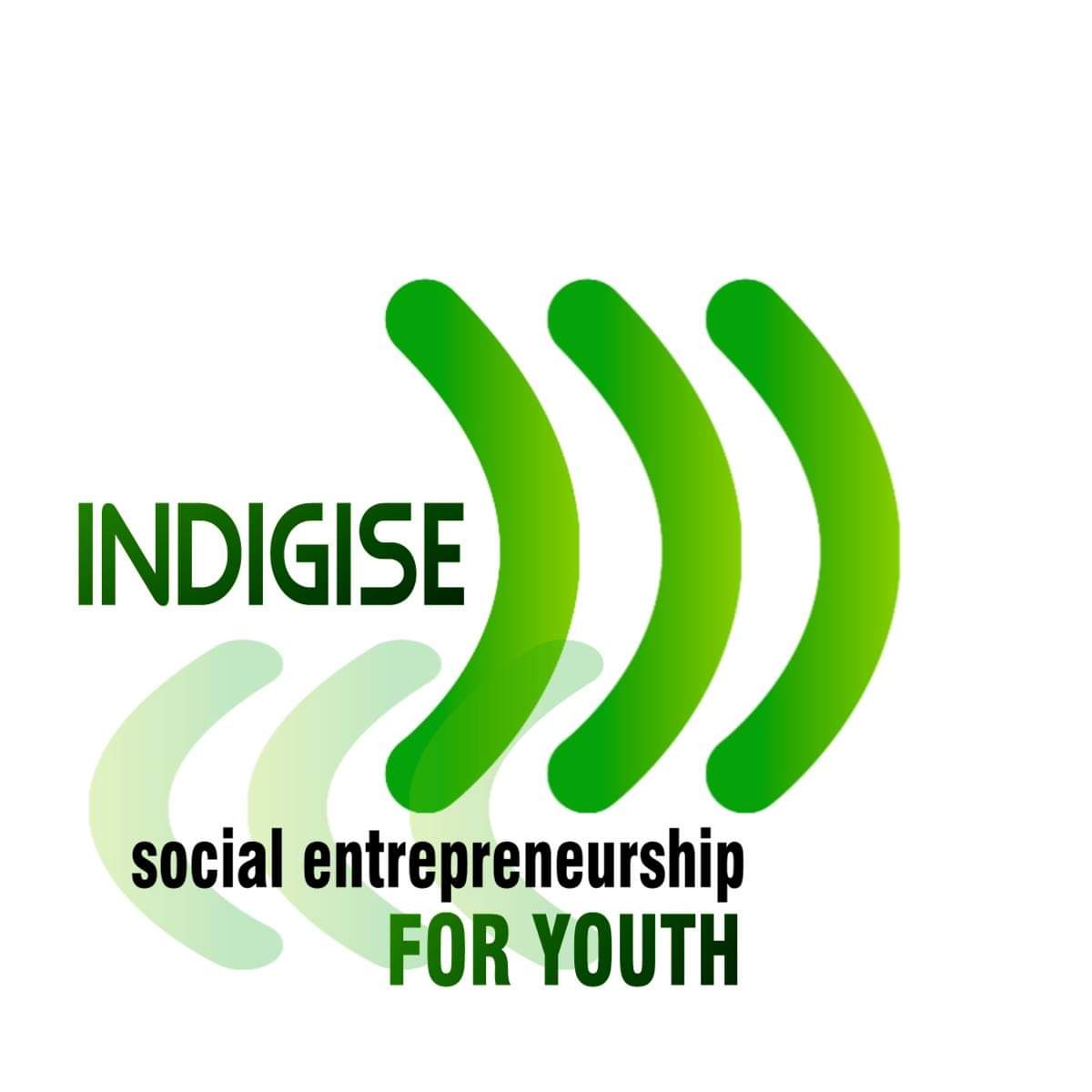

This publication has been prepared within INDIGISE project. The content of this publication is the sole responsibility of the project coordinator and may not always reflect the views of the European Commission or the National Agency.
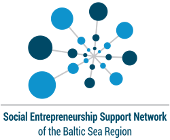
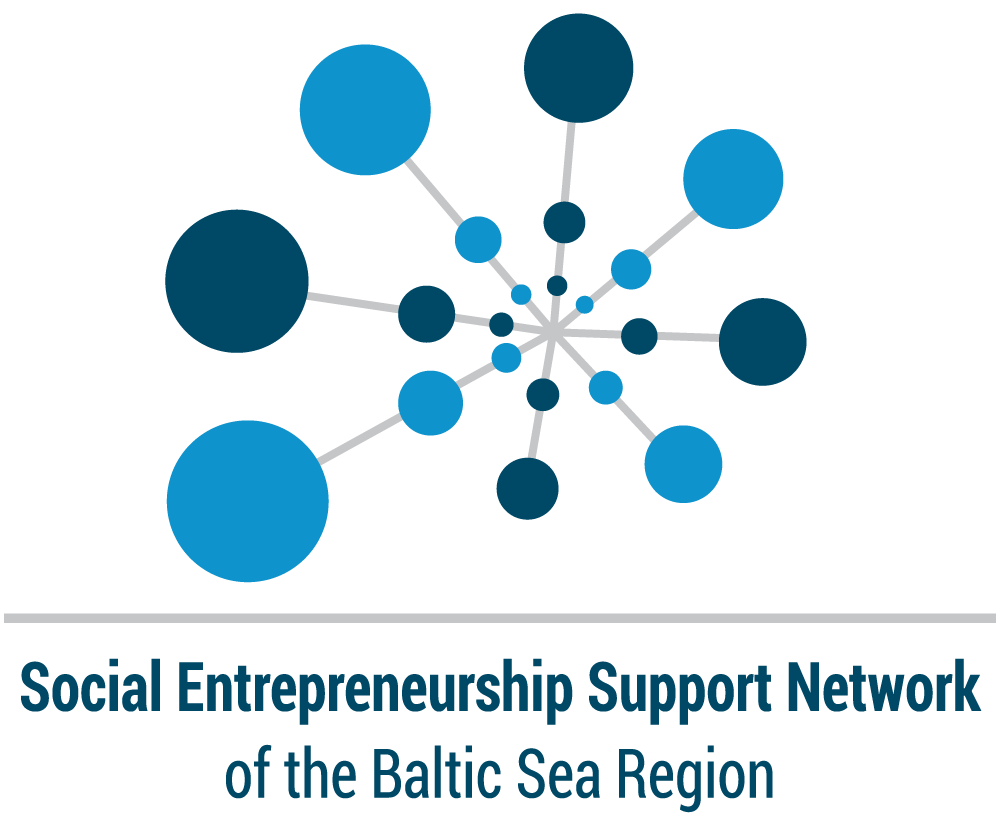

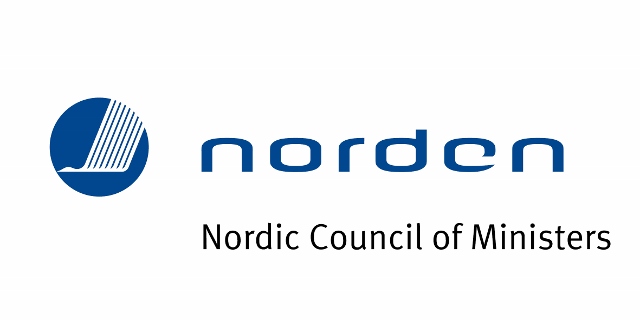


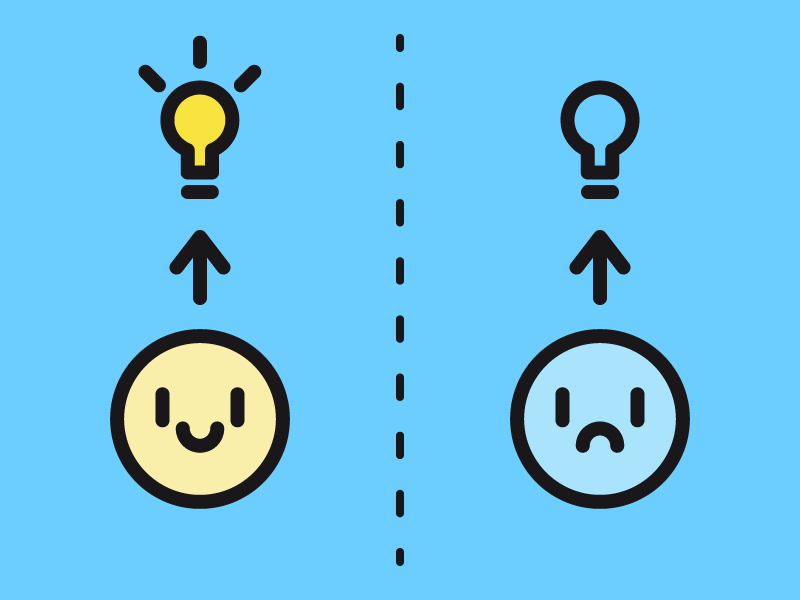



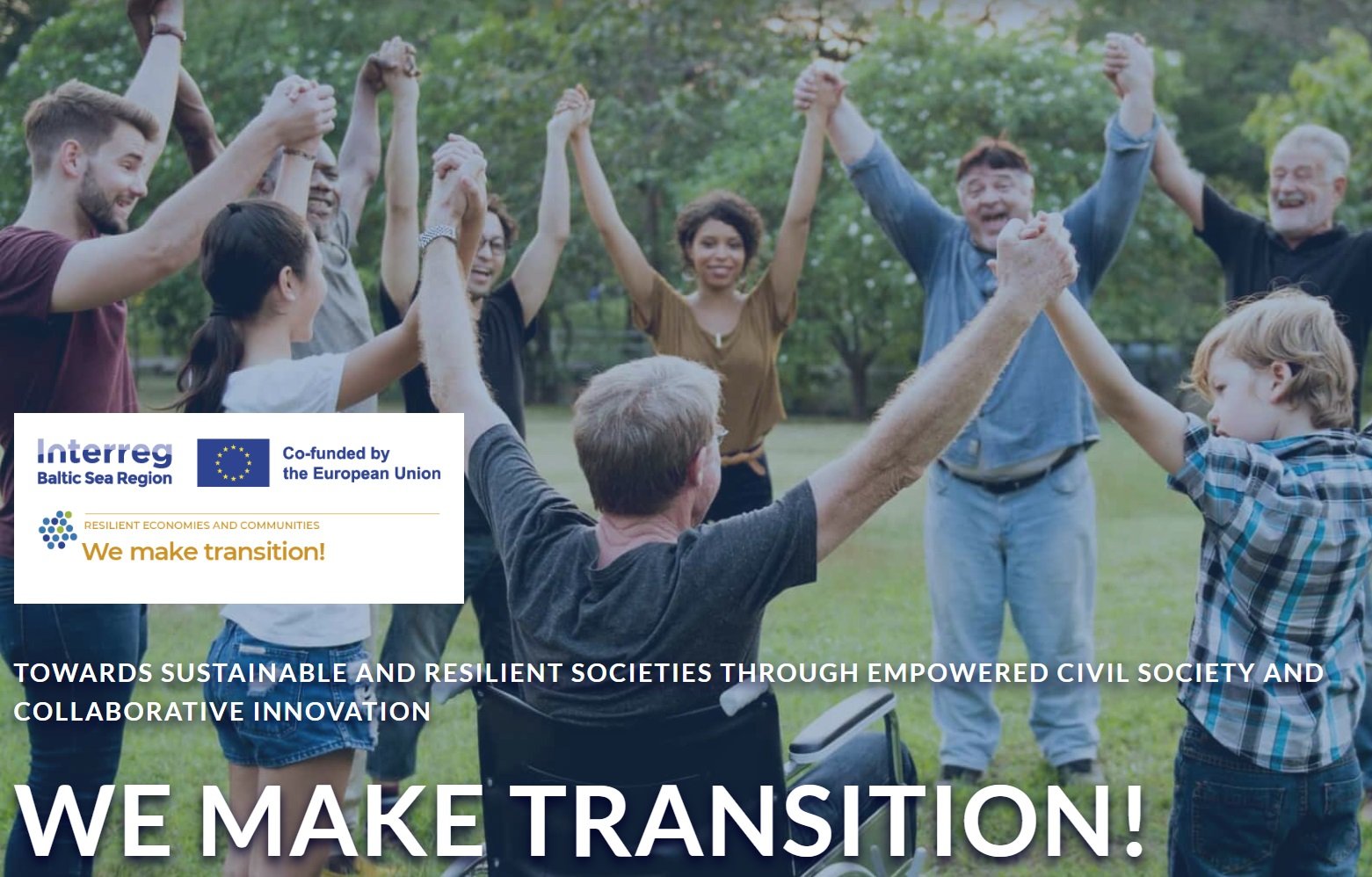
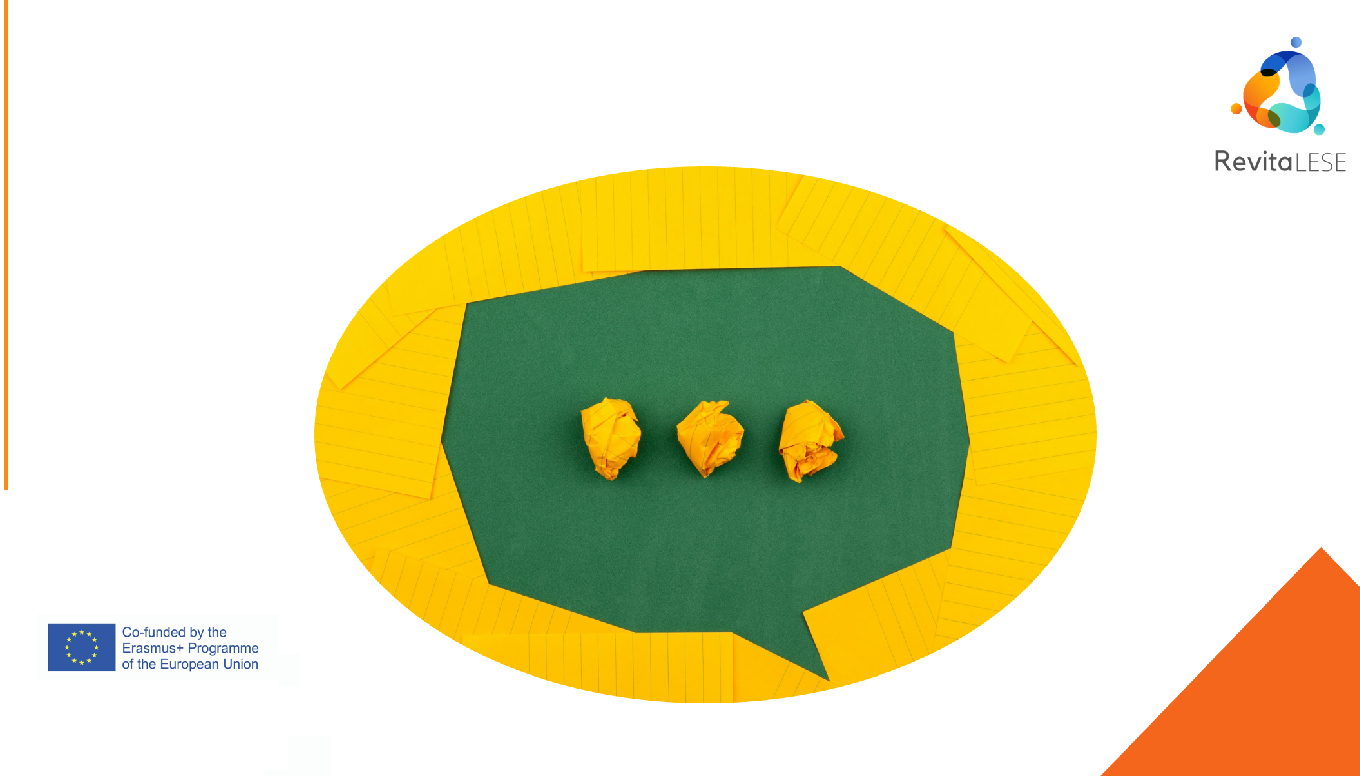




Your article helped me a lot, is there any more related content? Thanks!